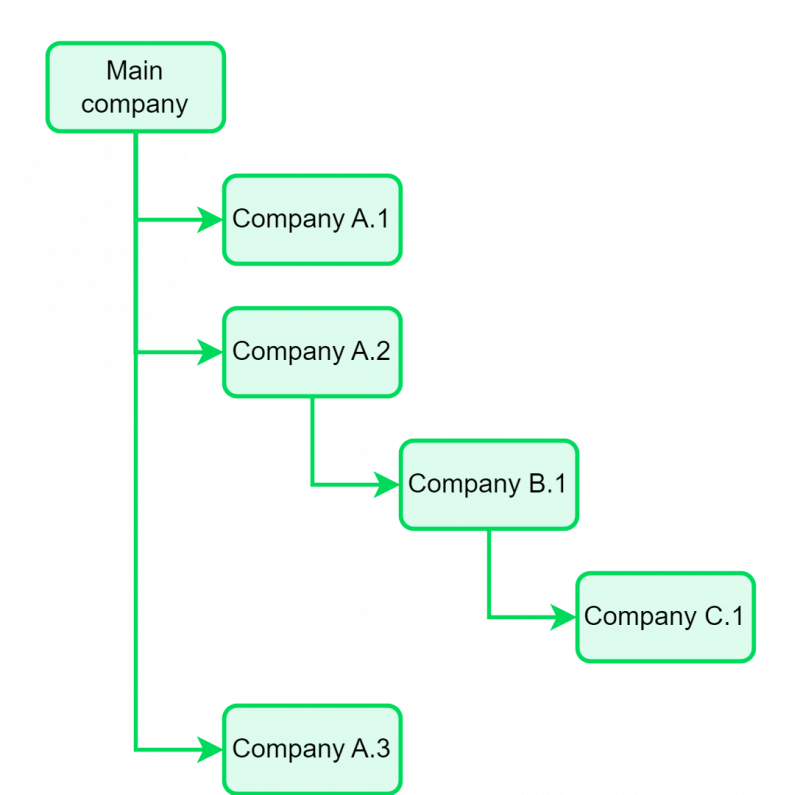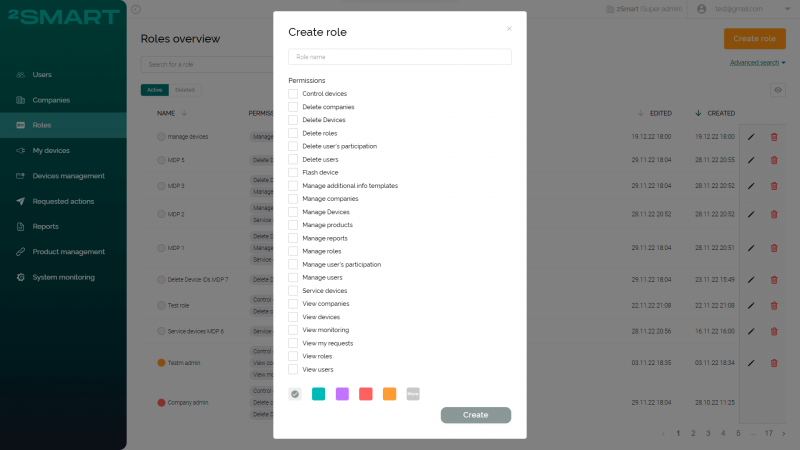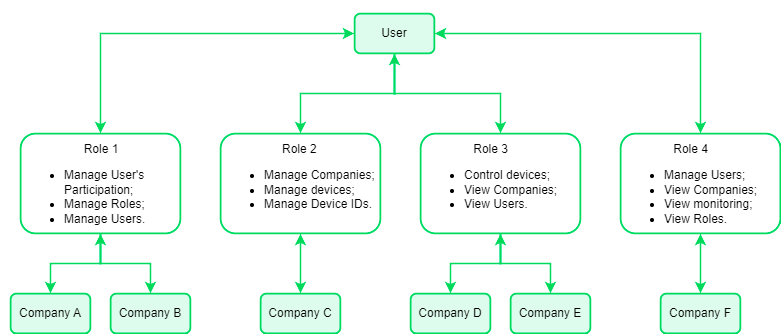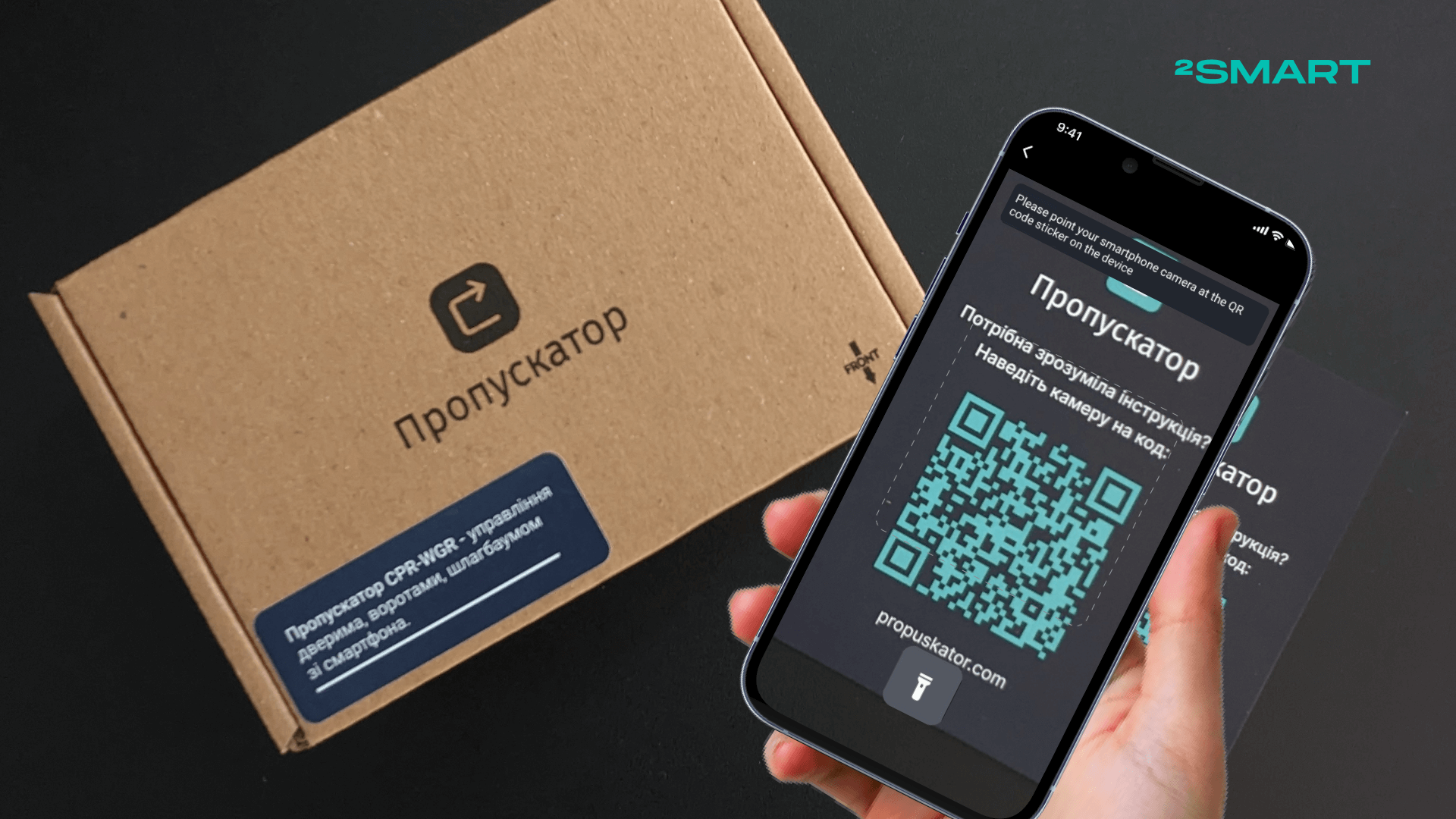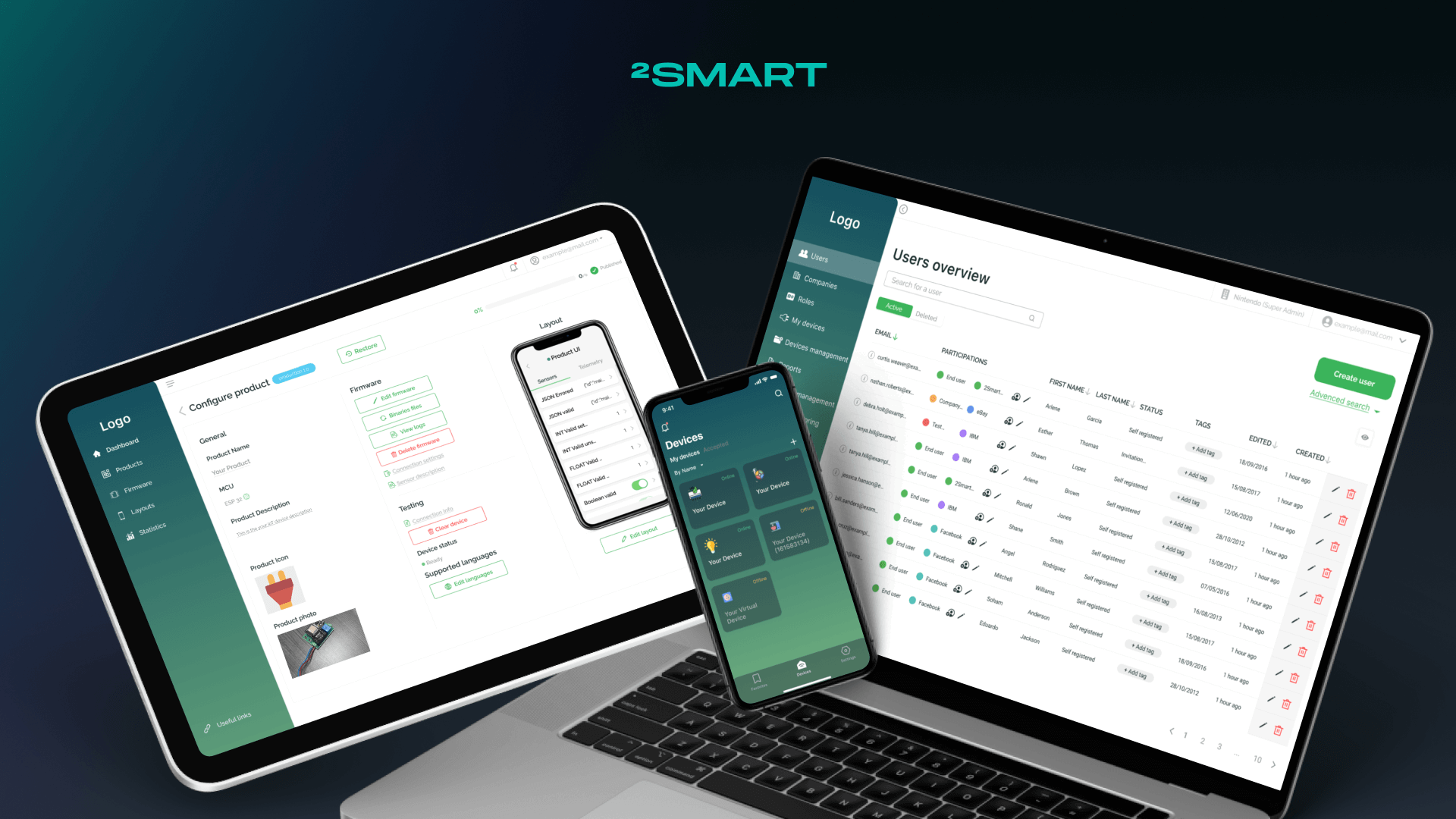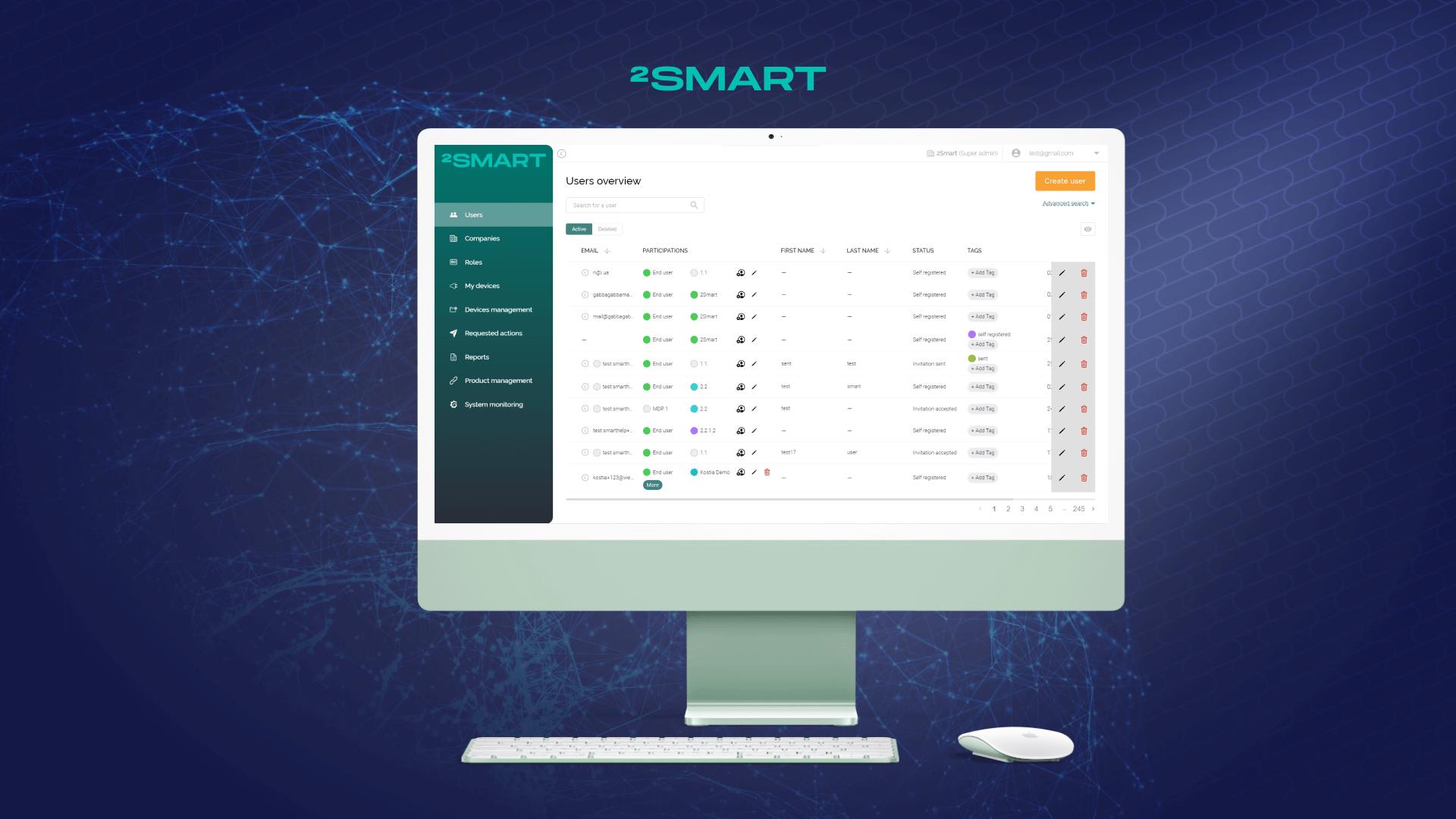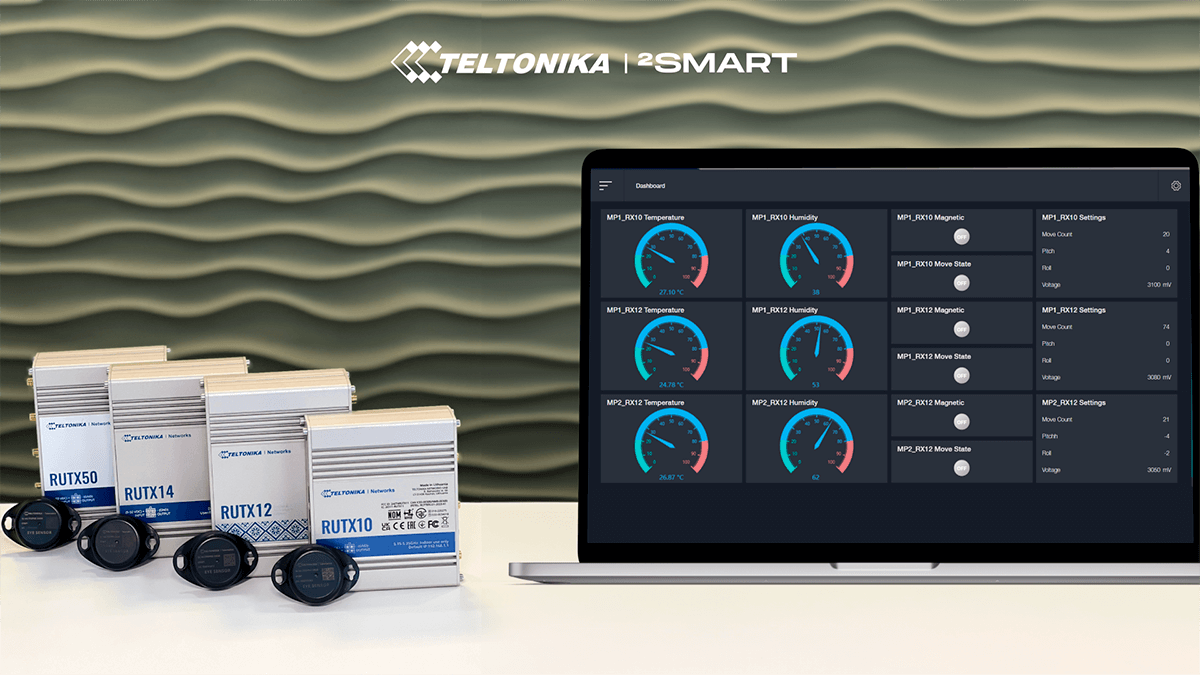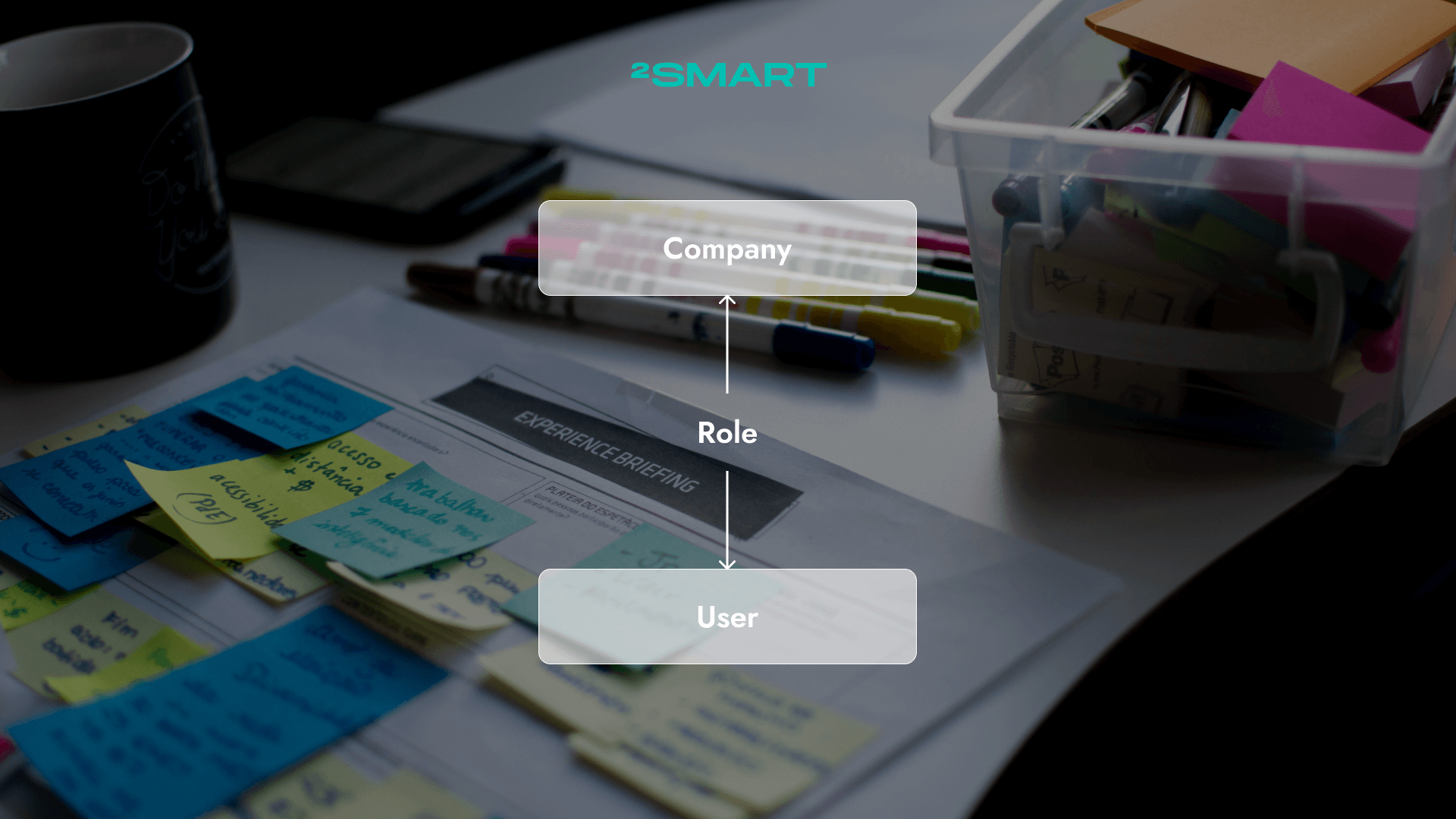Table of contents:
IoT technology is being used by many businesses today to enhance their infrastructure or to create the core value of their product in the market. For companies that are also partnering with others or need to deploy a company tree for distributors, a multi-tenancy IoT platform is needed. The 2Smart team shares their understanding of what a multi-tenancy IoT platform architecture should look like in practice.
The Value of a Multi-tenant IoT Platform
A multi-tenant IoT (Internet of Things) platform provides significant value in the context of managing and deploying IoT applications and devices across various industries. It offers a centralized and scalable solution that enables multiple tenants, such as organizations or individuals, to utilize a shared infrastructure for their IoT needs. Here are some critical values associated with a multi-tenant IoT platform:
- Cost Efficiency: By leveraging a shared infrastructure, a multi-tenant IoT platform reduces the cost of deploying and maintaining individual IoT systems for each tenant. Tenants can benefit from economies of scale, sharing resources, and infrastructure costs, leading to significant cost savings.
- Scalability: With a multi-tenant IoT platform, tenants can easily scale their IoT deployments as per their needs. The platform’s architecture allows for the seamless onboarding of new tenants, accommodating increased device connections, data processing, and analytics without compromising performance.
- Flexibility and Customization: A well-designed multi-tenant IoT platform offers flexibility and customization options to cater to the diverse requirements of different tenants. It allows tenants to configure their own IoT applications, data models, workflows, and rules, tailoring the platform to their specific use cases and business processes.
- Simplified Management and Maintenance: Centralizing IoT infrastructure through a multi-tenant platform streamlines management and maintenance tasks. Tenants can access a unified dashboard or interface to monitor and control their IoT devices, data, and applications. The platform provider is responsible for maintaining the underlying infrastructure, ensuring security, updates, and availability, and reducing the burden on individual tenants.
- Data Aggregation and Insights: A multi-tenant IoT platform can aggregate data from multiple tenants and devices, providing a holistic view and enabling cross-tenant insights. This data aggregation facilitates comprehensive analytics, machine learning, and AI-based applications that can deliver valuable insights, identify trends, and optimize processes across various industries.
- Enhanced Security and Compliance: Multi-tenant IoT platforms often incorporate robust security measures to protect data and devices. Security features like data encryption, access control, authentication, and secure protocols are implemented at different levels to ensure tenant-specific data segregation and compliance with privacy regulations.
- Collaboration and Ecosystem Enablement: By hosting multiple tenants on a single platform, a multi-tenant IoT platform encourages collaboration and ecosystem development. Tenants can leverage shared services, APIs, and integration capabilities to connect and interact with other tenants, external systems, and third-party applications, fostering innovation and expanding their IoT capabilities.
Overall, a multi-tenant IoT platform provides a consolidated, scalable, and cost-effective solution for organizations and individuals to leverage the power of IoT technology while reducing complexity, enhancing security, and unlocking new possibilities for collaboration and data-driven insights.
Single IoT Platform for Multiple Companies: Everything is Inder Your Control
The functionality of the 2Smart Business Platform includes the ability to organize an arbitrarily complex multi-tenant IoT architecture if the business needs it. The Company may connect contractors, distributors, service and other partner companies, and their end users to the platform. Let’s take a closer look at the implementation of this functionality in the 2Smart B2B IoT platform.
Companies Tree
By default, a single company is created in the Business Platform, whose name you can customize during deployment. For example, let’s call it the Main Company. This is a top-tier company where a business can connect devices, enroll users with different permissions or roles, and use other features. If the company’s business model does not imply interaction with subsidiaries, contractors, etc., that need similar functionality, the company may not even think about the multi-tenant architecture available to it in 2Smart.
However, if there is a need to interact with partner companies, a business can use the functionality of a nested company structure and create an arbitrarily complex tree of companies. The Main Company can branch into several independent companies, and these subsidiaries can create their own branches, etc. In total, the nested structure of companies provides for seven levels with an unlimited number of companies at each level, except for the top (which consists of one Main Company).
The logic of administering companies within this tree looks like this:
- Administrators of the Main Company see the entire tree. They can administer any of the companies connected to the B2B platform: manage devices, users, user roles, their participation in different companies, etc.
- Lower-level administrators can only see and manage their company and all companies below it. They know nothing about companies that are at the same level, nor about companies from higher levels.
Possible Business Cases for Using a Multi-tenant IoT Platform
The approach described above allows tenants to deploy a B2B platform for use in holdings, franchising companies, OEMs, etc. Companies can use IoT devices within their infrastructure, provide services to legal entities or individuals using IoT devices, etc.
For example, a Main Company can connect 10 regional distributors by creating a subsidiary for each. The administrators of the Main Company can control all distributors. Within distributors, there are system administrators or service personnel who deal with connection, maintenance, device monitoring, user support, etc.
Another option is partnerships when a Business Platform is used to connect several independent companies whose administrators are building their business using the available functionality. Although each of these parent companies is located on the second level of the company tree in the 2Smart Business Platform, in fact, each of them acts as the Main Company and builds its tree by connecting partners.
Another option is a holding, where subsidiaries belong to the Main Company or are divisions of a large enterprise. In fact, the business platform, in this case, is used by one company, and the company tree repeats its complex structure.
Let’s collaborate
We’re empower your business with our technology expertise
Managing Users and Roles in a Multi-tenant IoT Platform
The administrator of one subsidiary can simultaneously be a technician of another, as well as an end user of a device owned by the Main Company. To not create many accounts for such a user, the 2Smart Business Platform provides user and role management functionality.
By default, the Business Platform provides three roles for users that cover approximately 80% of cases:
- Super Admin, who has unlimited permissions, including unique ones unavailable to other users. Super Admin controls the whole system.
- Company Admin is a user whose list of permissions is almost as long. The main difference between Company Admin and Super Admin is that Company Admin cannot create the IDs required to connect devices to the system.
- End user – a role with only permission to control devices.
This list of roles does not cover the unique needs that a business may have. For this reason, administrators in the 2Smart B2B Platform can set up custom roles using a simple and flexible tool. When adding a new role to the system, they can select the required permissions from the list of available ones. The possible number of roles in the system is limited only by the set of combinations of available permissions.
Returning to the need to give the same user different roles within different companies, it is necessary to talk about the participation functionality. A user can be connected to several companies and participate in them, having different roles.
For additional protection against unwanted consequences of actions of administrators or users whose role involves making sensitive changes to system settings, the platform provides the functionality of requested actions. Administrators of various levels can initiate specific actions, but their execution is confirmed by the Super Admin or Company Admin, who receives a request for this.
Upon receiving a request, the Super Admin or Company Admin can approve or decline it, and the lower-level administrator who initiated this request will be able to see the request’s status in their account.
To learn more about the implementation of multi-tenancy in the 2Smart Business Platform, book a demo of the platform by contacting us with a request at contact@2smart.com
Don't forget to share this post!
Read Next
Let’s dive into your case
Share with us your business idea and expectations about the software or additional services.

